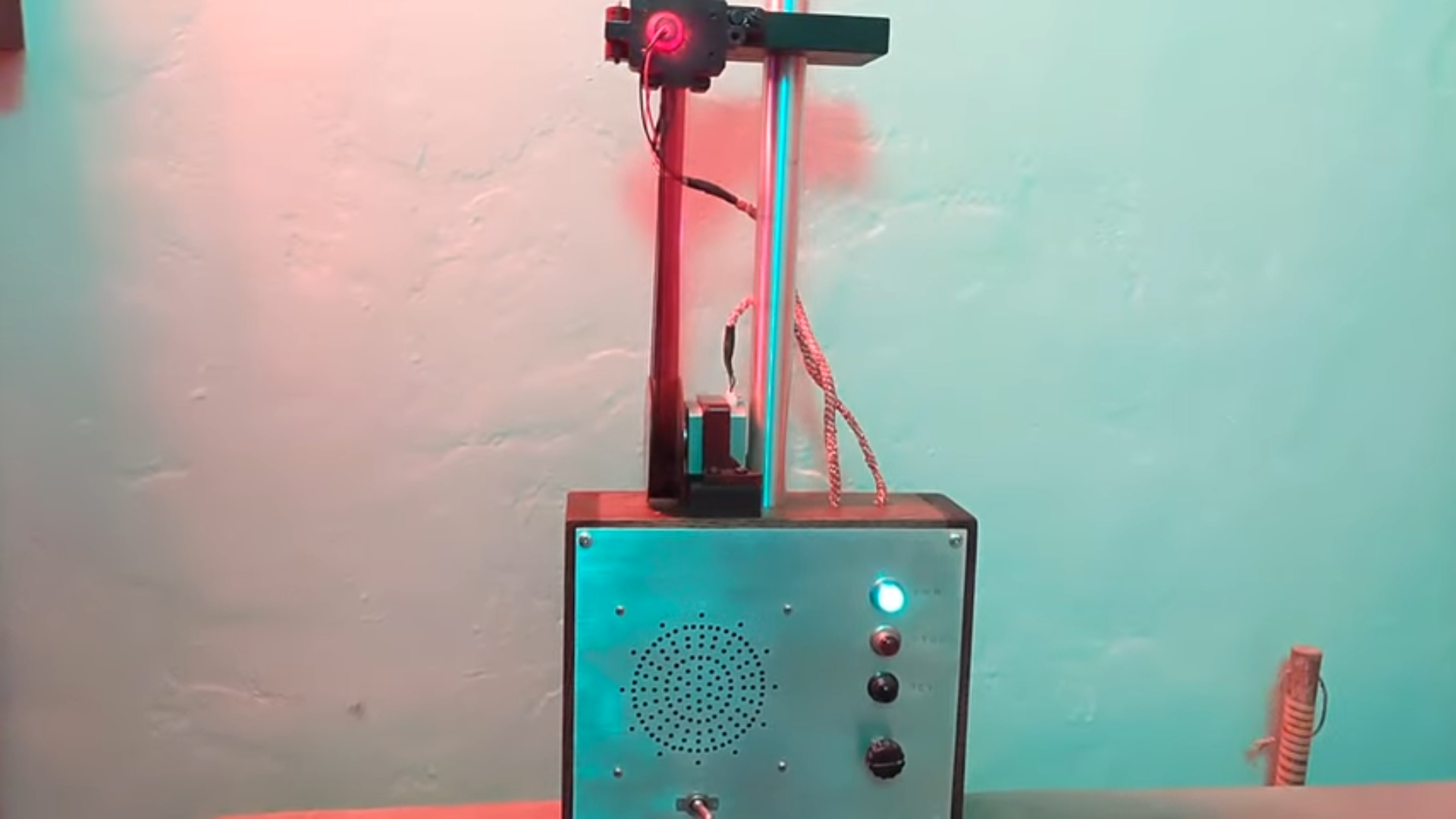Like many of us, Emily found herself on COVID-19 lockdown over the summer. To make the most of her time in isolation, she put together an optical audio decoder for old 16 mm film, built using modern components and a bit of 3D printing.
It all started with a broken 16 mm projector that [Emily] got from a friend. After repairing and testing the projector with a roll of film bought at a flea market, she discovered that the film contained an audio track that her projector couldn’t play. The audio track is encoded as a translucent strip with varying width, and when a mask with a narrow slit is placed over the top it modulates the amount of light that can pass through to a light sensor connected to speakers via an amplifier.
I suppose much like today’s tech if you don’t still have the correct device to playback what was recorded originally, it won’t work. Same goes for proprietary software like MS Office, if you don’t have that package in 20 or 40 years time you likely won’t be able to read or edit it.
See Listening To Long Forgotten Voices: An Optical Audio Decoder For 16 Mm Film
#technology #hacking #OpenStandards
Like many of us, [Emily] found herself on COVID-19 lockdown over the summer. To make the most of her time in isolation, she put together an optical audio decoder for old 16 mm film, built using mod…

